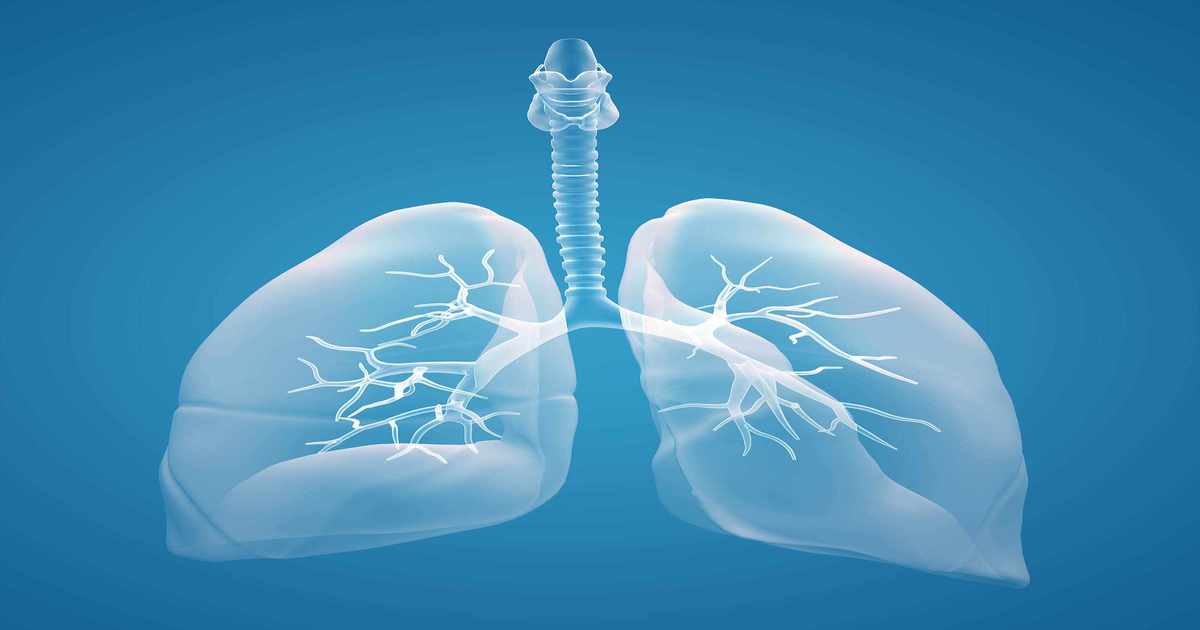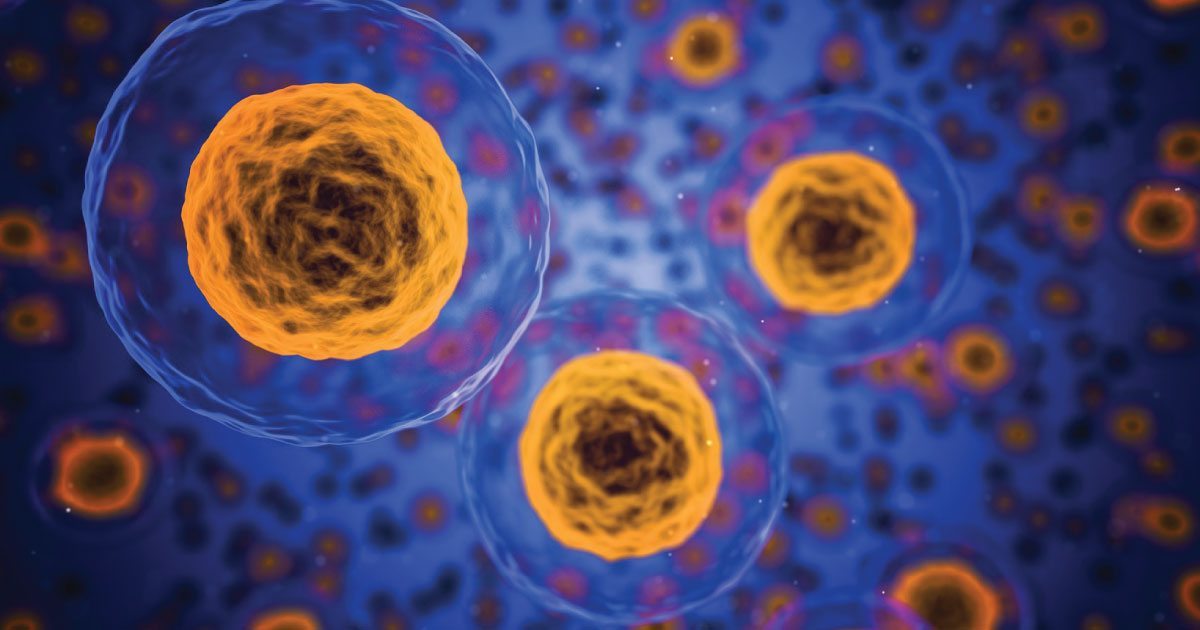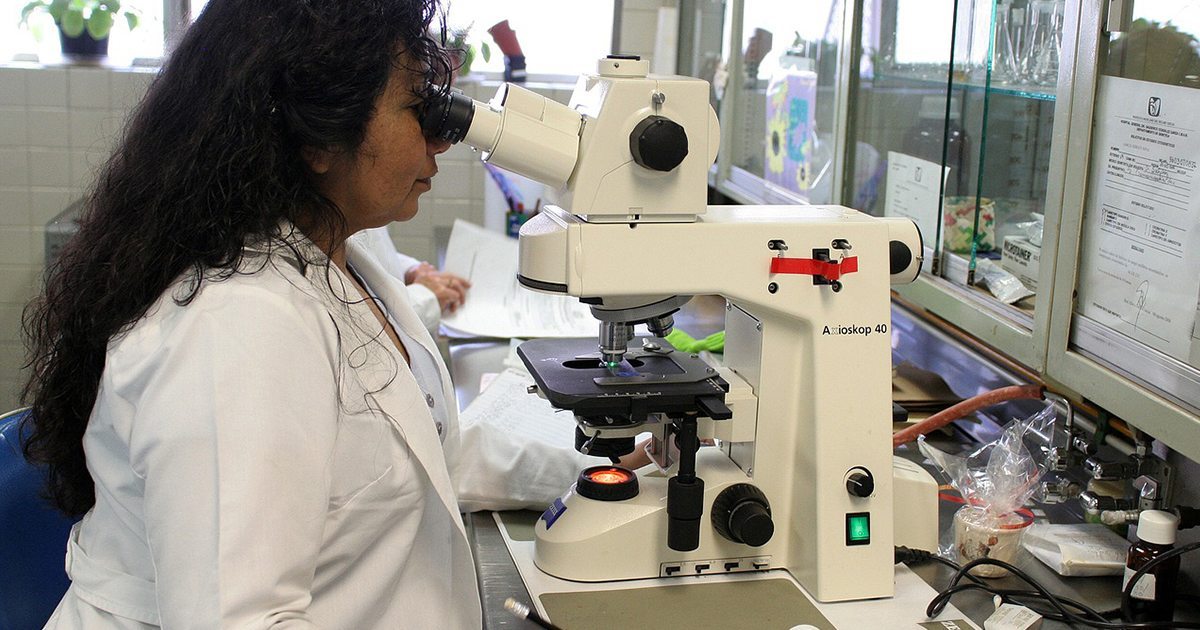Category: Advocacy

Donate to or Help a Mesothelioma Charity This Season of Giving
I have written before about how many wonderful people I have encountered in this community. These warriors are individuals whom I admire and I am honored to know. However, all too often, these friends pass on.
I find my heart breaking to see how much my mesothelioma family has to go through, along with their families. It is so sad to see good people suffer unreasonably. Mesothelioma is a completely preventable disease, these deaths are completely unnecessary.
At this time of giving, think about making a donation to a charity of your choice that helps to combat mesothelioma. Every little bit helps and makes a difference. Pray for those suffering with this awful disease, and help to spread mesothelioma awareness whenever you can.

Researchers Seek to Understand Why Lungs Are Susceptible To Cancer
The body has a cadre of defense mechanisms that work together to fight off illness and diseases. When they fail, however, a person can be left fighting a deadly disease like mesothelioma. Now, researchers believe that the same defense meant to prevent people from having a reaction to breathing in daily environmental exposures could be the same mechanism that allows cancer cells to spread and grow in the lungs.
According to an Aug. 25 press release from the Ohio State University Comprehensive Cancer Center, researchers report that the oxygen breathed in can suppress immune responses to cancer. They found that oxygen-sensing proteins, or PHD cells, limit inflammation by T-cells, the cells in the immune system that kill bacteria and cancer. In the “highly oxygenated lung microenvironment” the PHDs limit the T-cell functions, thus, setting the lung up as a “fertile ground for metastasis.”
“The same ‘normal’ mechanisms put in place to suppress immune responses against harmless material taken into the body during the act of breathing can also suppress immune responses to the colonizing cancer cells that lead to metastatic tumors in the lungs,” said David Clever, PhD, first author of the manuscript and a current medical student at Ohio State. “This creates an immunologically favorable niche – meaning the environment is prime for cancer cells to slip through the immune system’s defenses, thrive and grow in the lungs.”
The American Cancer Society reports that it is cancer metastasis, and not the original cancer diagnosis itself, that is the cause of nearly all cancer deaths. In fact, 90 percent of all cancer deaths are due to metastasis. Lung cancer and mesothelioma can spread to other organs of the body, including spreading to the other lung.
Mesothelioma, an unusual form of cancer caused by breathing in asbestos fibers, can take decades to show symptoms. Mesothelioma treatment follows a similar treatment protocol to lung cancer, so each new discovery related to lung cancer brings hope to the patient community.
The Ohio State team found that by blocking the PHD proteins, they could enhance T-cell responses against cancer and limit metastasis to the lung. Through testing the theory in mice using adoptive cell transfer immunotherapy, or manipulation and re-injection of T-cells, the researchers were hopeful their findings could lead to new therapies.
“Although our finding is in mice, we are eager to test whether disruption of the oxygen sensing machinery in T cells — with drugs, genetics, or regulation of environmental oxygen — will enhance the efficacy of T-cell mediated immune therapies for cancer in humans.”
2,500 to 3,000 people are diagnosed with mesothelioma each year in the U.S. There is no cure for the cancer, however, immunotherapy treatments, available to limited patients, have shown success in extending survival in mesothelioma patients.
The study can be found in the Aug. 25 issue of the journal Cell.
Know more about Mesothelioma and how you can deal with it.

Don’t Stop Your Mesothelioma Fundraising Goals
When you are fundraising, you always get some people who say “no.” It might be a donor, someone you ask to volunteer, or even a business you ask to sponsor an event. It’s important to remember that sometimes people are overwhelmed with financial obligations, personal commitments, or donation requests. That being said, there is definitely something to be said about patient persistence.
Don’t get discouraged when someone tells you that they are unable to participate in any way to assist you with your efforts. Thank them for considering and ask them to pass the word along to others who may be interested in helping out.
Let a “no” make you even more committed to reaching your goals and helping others. It can motivate you to try harder, do more, and come up with new and innovative ideas to encourage people to get involved.
Trust me, I have been told “no” many, many times while I have been involved in the mesothelioma community. It may seem frustrating at times, but don’t dwell on that. Look at all the support that you do have and gain strength from that. Most importantly, remember who you are advocating for and why you are passionate about it. Let these thoughts be the driving force behind your work and turn the negative into a positive.

Mesothelin May Play Multiple Roles in Spread of Mesothelioma, Other Cancers
Mesothelin is a protein found on the surface of some cells in the human body. Its biological purpose is a bit of a mystery frankly. But it occurs in overabundance in certain types of cancer cells including ovarian cancer, pancreatic cancer and mesothelioma, a cancer of the lining of the lungs and abdomen. Therefore, it’s on scientists’ radar screen.
Scientists are evaluating the role of mesothelin in the spread of cancer and its potential usefulness as a signal of cancer for doctors who are trying to diagnose a patient’s disease such as mesothelioma, a cancer caused by asbestos exposure. There are treatments for mesothelioma, but as yet, there is no known cure. Approximately 2,500 to 3,000 people in the U.S. are diagnosed with malignant mesothelioma each year in the U.S., primarily as a result of asbestos exposure at a workplace or during military service.
In a mesothelioma researcharticle published in February 2013 in the journal Anti-Cancer Agents in Medicinal Chemistry, medical researchers at the National Cancer Institute in Bethesda, Maryland and East China Normal University in Shanghai, say that there are three ways that mesothelin may play a role in the advance of cancer, as previous studies have suggested:
- Implantation — Mesothelin may aid in the implantation of tumors in the abdominal cavity, leading to peritoneal mesothelioma;
- Survival — Mesothelin may play an important role in the survival of cancer cells;
- Resistance — The presence of mesothelin may cause resistance to certain chemotherapy drugs.
As a result of the key role of mesothelin, the researchers say that a drug that neutralizes the functionality of mesothelin may be helpful in cancer treatment, making chemotherapy drugs more effective, for instance. Some antibody drugs that disrupt the function of mesothelin are currently being evaluated in clinical studies.
The researchers say additional research is needed to evaluate the role of mesothelin in the growth and spread of malignant tumors, cancer cell survival and drug resistance. They conclude that studies on mesothelin biology may give opportunities for more effective antibody therapy targeting mesothelin in solid tumors.

Penn Researchers Developing Protein ‘Passport’ To Help Deliver Cancer Drugs
The body’s immune system is designed to defend against bacteria, viruses and other perceived “foreign invaders” that assault the body. Unfortunately, the immune system doesn’t distinguish between harmful bacteria and friendly foreign objects such as medical devices implanted in a patient or nanoparticles used to deliver medicine to tumors. That poses complications to doctors trying to administer treatments to people with cancer, including malignant mesothelioma, a cancer caused by exposure to asbestos.
Doctors would like to avoid triggering an inflammatory response in cancer patients when they administer medicine or when implanting a pacemaker or artificial joint. Researchers at the University of Pennsylvania are experimenting with what they describe as “a passport” to allow therapeutic devices to get past the immune system, according to new research published in the journal Science.
The human body’s innate immune system responds to foreign bodies in a generalized way, trying to destroy anything it doesn’t recognize as a part of the body. The team of Penn researchers says the solution is to make the foreign particles seem like part of the body so the immune system doesn’t destroy them.
The researchers reported this week that they had accomplished that feat in lab mice, attaching customized protein fragments to foreign particles that tricked the animals’ immune system. The key was tricking the immune-system “border guards” known as macrophages that are a type of white blood cell that find and eat invaders. Macrophages continually monitor the bloodstream for a type of protein called CD47, a marker of self. If an object such as a red blood cell has CD47 on its membrane, the macrophages let it pass.
The Penn team leader, Dennis E. Discher, a professor of chemical and biomolecular engineering, compared CD47 to a passport that identifies a cell as part of the body rather than a foreign object. The research team attached fragments of CD47 to plastic nanoparticles, then injected them into laboratory mice. Nanoparticles, which are smaller than one-billionth of a meter, are useful in delivering, antibodies, drugs and imaging agents and are being studied for diagnosis and treatment of cancer, according to the National Cancer Institute.
The researchers said the technique enhanced the performance of nanoparticles carrying tumor-shrinking medicine and other loaded with dye to capture images of the tumors. They observed that the particles carrying a cancer drug Taxol were shrinking tumors in mice.
Discher said in an article in the Philadelphia Inquirer that the technique could be useful in overcoming resistance to much larger foreign objects in the body such as pacemakers and joint replacements.
Researchers not involved in the research called it a promising advance, though it will take some years before the technique is ready to use with human cancer patients.
Know more about mesothelioma and how you can deal with it.
Free Mesothelioma Patient & Treatment Guide
We’d like to offer you our in-depth guide, “A Patient’s Guide to Mesothelioma,” absolutely free of charge.
It contains a wealth of information and resources to help you better understand the condition, choose (and afford) appropriate treatment, and exercise your legal right to compensation.
Download Now